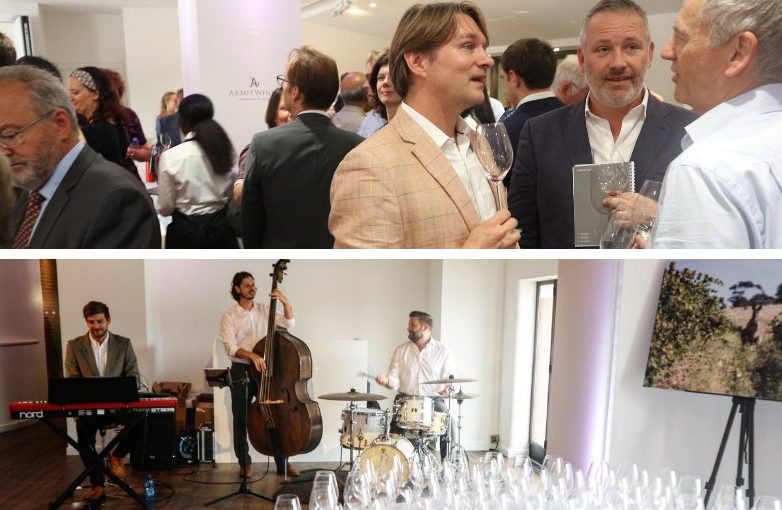Despite the great names that Armit distributes from Italy, Keay was impressed with Northwick, Digby and Chateau Dereszla.
There’s something rather reassuring – at a time of such great unpredictability and uncertainty – in those things that remain constant. The Armit September tasting, the first major tasting of the Autumn 2018 season, was a case in point.
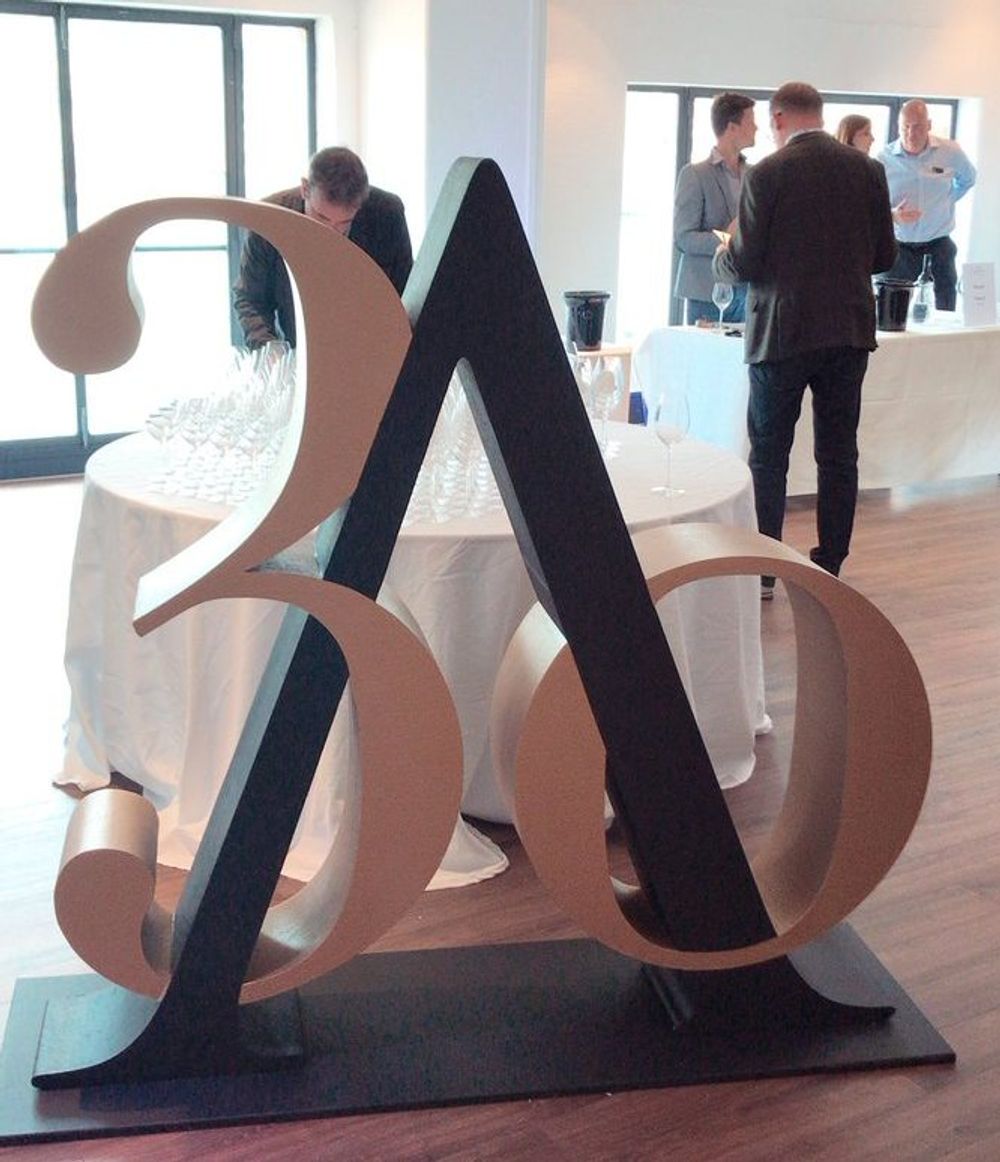
Held at London’s OXO building to celebrate 30 years of Armit, all the old favourites were there: Tahbilk, Gaja, Giacomo Fenocchio, Tiefenbrunner, Tua Rita, Delaire Graff, Ornellaia, Querciabella, Musella, La Rioja Alta and Jackson Family Wines, the Armit list has impressive and familiar names. And most were showing very well, as you might expect.
Equally reassuring is the regard with which many producers still hold Armit, despite all the upheavals of the past few years, which culminated in Armit and its parent company Baarsma being bought by the French cooperative group, InVivo, last summer.
“We are very happy with them, absolutely no complaints,” one producer told me. And his views were echoed by others. Little wonder that Armit has retained some famous producers such as Bruno Giacosa and Sassicaia, almost since its inception.
So whilst Armit’s list may lack novelty (no Greek wines, only one East European producer (Chateau Dereszla from Tokaj, showing some great value dry furmint alongside its Aszu) no orange or natural wines, and surprisingly, nothing from Portugal) it makes up for this in name power.
And nowhere is this more apparent than in its Italian offerings. Piedmont was the star at this tasting, with the 2014 Barolos and 2015 Barbarescos making their first appearance. Armit’s agencies run the full stylistic range of Langhe, with Gaja‘s Dagomis Barolo 2014 and its iconic Barbaresco 2015 showing the restraint for which this producer is famous: it will be several years before these wines are properly drinkable, with the Dagomis particularly tight.
The wines from Bruno Giacosa were much more approachable, with the Barbaresco Asili 2015 already showing good fruit and supple tannins. His Barbera d’Alba 2016 deserves mention for its exuberant fruit and 15% alcohol, that you don’t actually taste because this wine is so well balanced.
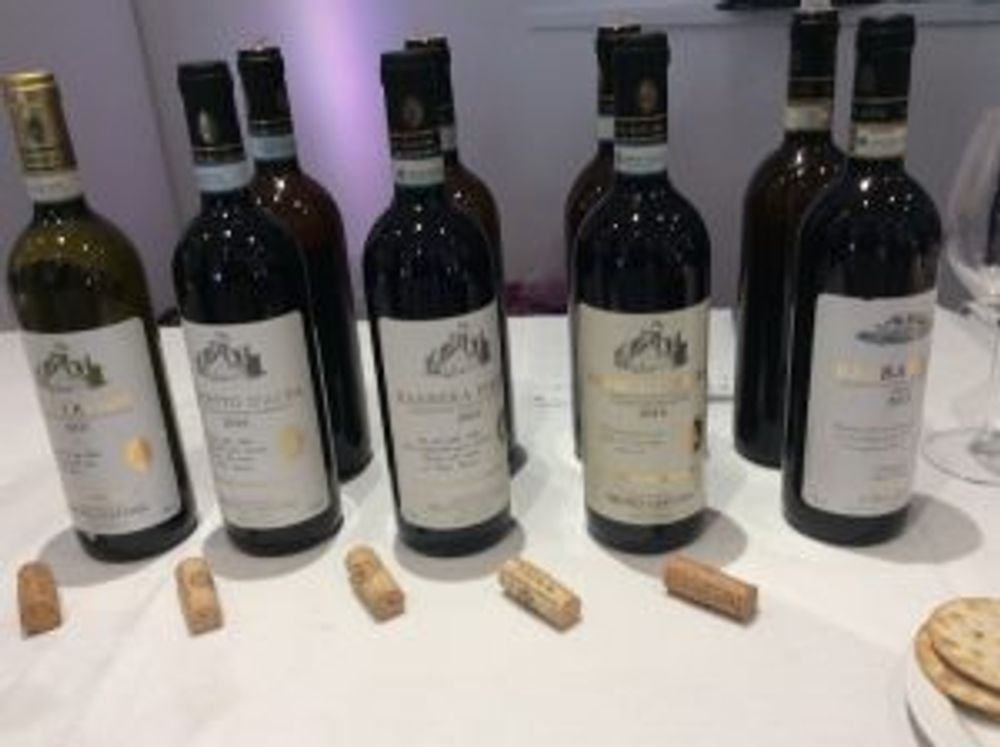
But for sheer drinkability now, it would be hard to top the wines shown by Giacomo Fenocchio. This producer, based outside Monforte d’Alba, has always made great value Langhe wines but the current vintages are showing well, despite the constraints.
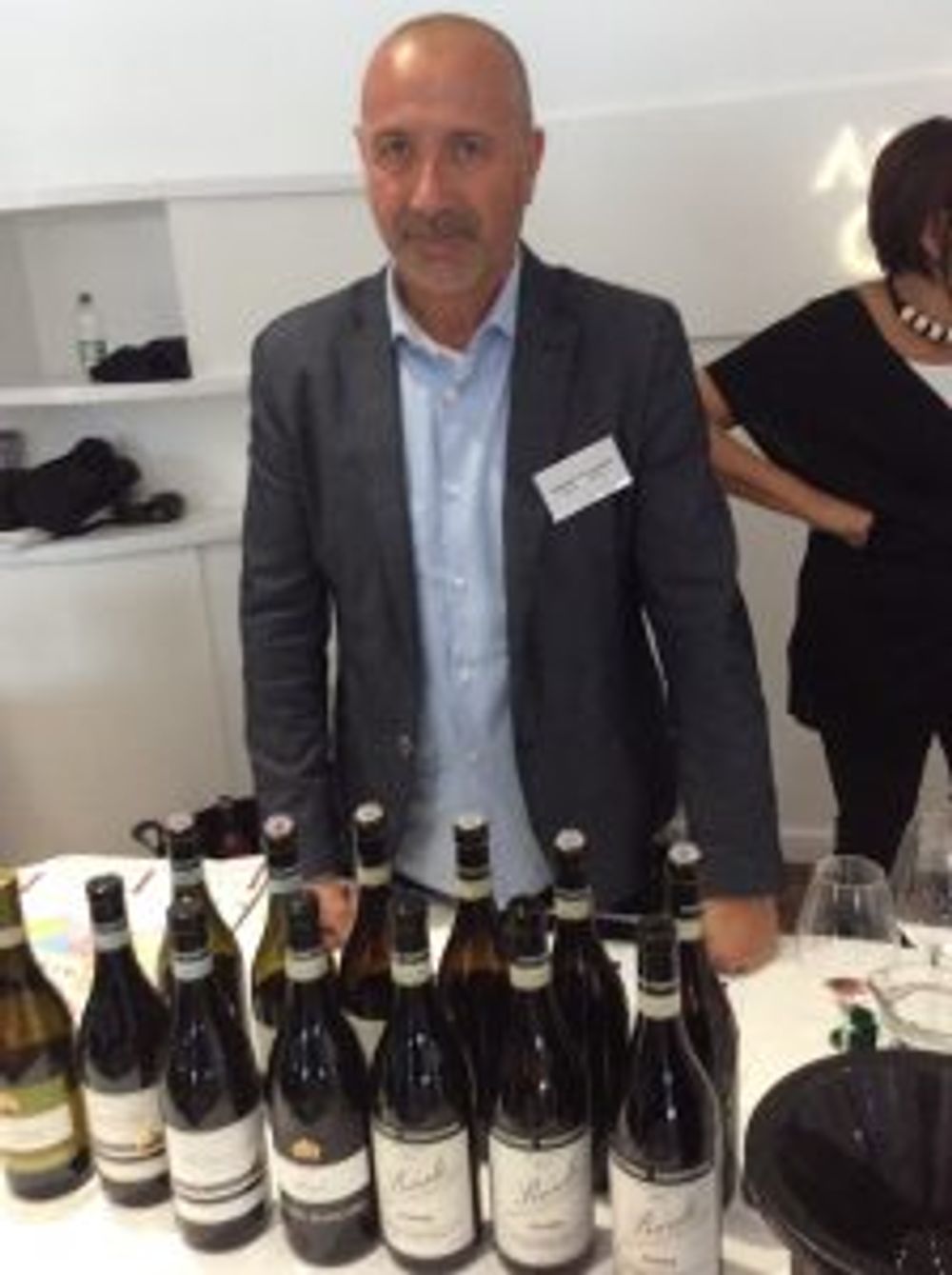
“Its true, 2014 was a difficult year – the cold didn’t do us any favours and our production of Barolo was 25-30% down on normal. 2013 was better and 2015 will be also, but I think we’ve managed to do a good job, particularly with our single vineyard wines,” says Claudio Fenocchio.
Of the three, Bussia, Cannubi and Villero (all keenly priced between £42-45), for me, the last had the most impressive balance and depth, albeit to be kept in perspective.
“This is a year for drinking early,” says Claudio.
No problem there, nor with his delicious Roero Arneis 2017, one of the more delicious Arneis I’ve tried recently, or his Barbera d’Alba, a fine, full on wine that wears its 15.5% alcohol well.
From Liguria, Cantine Lunae – based near La Spezia – impressed with its two Vermintini and, in particular, its handling of the quite particular local grape Albarola; the 2017 from Colli di Luna Albania is the fifth vintage of this, and shows great floral and rich honey flavours, making you wonder why this usually blended variety isn’t made as a single varietal more often.
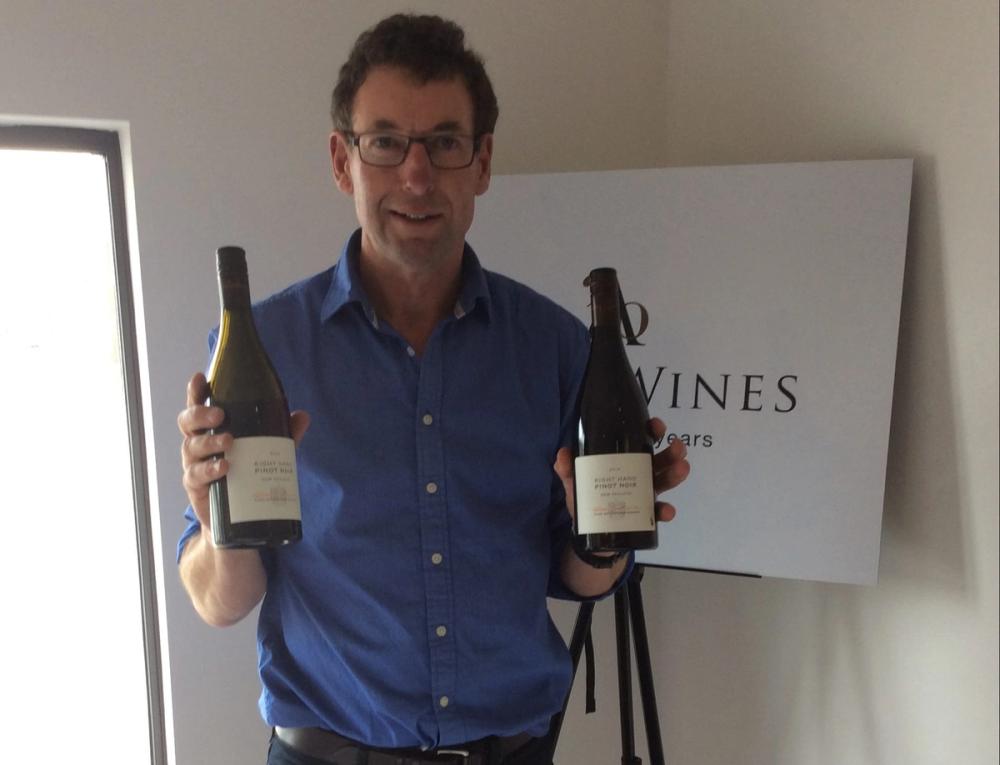
In my right hand I have….
Beyond Italy, far beyond Italy in fact, Borthwick Vineyards from Wairrarapa in New Zealand’s north island, offered an impressive range of well-priced wines including a young Pinot Gris and a new, full rounded white blend CPR comprising Pinot Gris, Chardonnay and Sauvignon Blanc. CPR has yet to officially launch into the UK market but I think will do very well when it does. Paddy Borthwick was showing no fewer than four Pinot Noirs including an intriguing couple, Left Hand Pinot Noir 2014 and Right Hand Pinot Noir 2014 (both £27.60), making it hard to believe that as well as producing 180,000 bottles of wine, Paddy still finds time for sheep farming and beef production.
“These are two different parcels from exactly the same vineyard, selected to show the impact of the two winemakers’ choice on the final wine,” he said, declining at first to tell me which of the two had been his selection. After tasting both, and declaring I preferred the more savoury, dark fruit flavoured Left Hand, he admitted his was the Right Hand.
“But you know what, it really doesn’t matter. Everyone has different tastes,” he said. Gracefully put, I thought.
Finally, much closer to home, Armit was showing the sparkling wines from Digby, Britain’s first negociant, taking grapes from the best of Britain’s roughly 500 vineyards. Based in Sussex/ Hampshire, Digby has been producing for five years now and the latest wines are something of a triumph, especially the pink wines. The less pricey of the two, the Leander Pink NV Brut (£33) was launched at Henley with some of the profits going to encourage children in sport – and rowing, needless to say. The Vintage Rose Brut (£48) is more substantial; made with 60% Pinot Noir, 10% Pinot Meunier and 30% Chardonnay, this has great balance and acidity and deserves to be better known.
“Our aim is to create a good expression of English terroir, but also a high-end product that is regarded as world class,” says Trevor Clough, one of Digby’s co-founders.
Things are already going pretty well; four years ago, its 2009 vintage was voted best sparkling wine in the UK by a panel of judges and Clough says the brand – which carries the image of a lion on the bottle and is named after Sir Kenelm Digby, an eccentric 17th century diplomat credited, amongst other things, with inventing the modern wine bottle – does very well abroad, particularly in the US.
Clough is confident that this year’s exceptionally sunny weather will enable Digby to expand production from the hitherto typical average of 60,000.
“We’re pretty well positioned,” he says.
Much the same could be said of Armit. When MD Kirsten Kirby took the reins in 2016, much was said about her decision to shrink the range by some 20-25%. Some great agencies were let go. But what remains is very good indeed and, judging by the crowds that gathered as the day continued, is very much appreciated.
